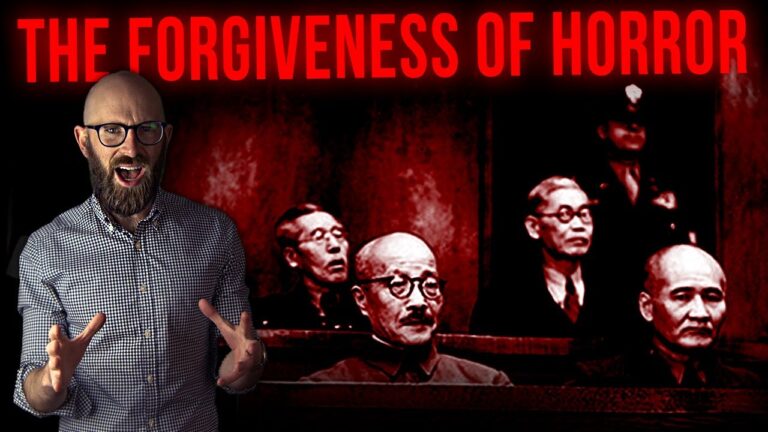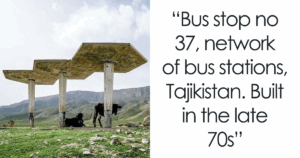“Unraveling the Mystery: Why Italy Escaped a Post-War Reckoning for Its Atrocities”
Going over all of this in any real detail would make this video both demonetized and likely age restricted, let alone be many hours long, so we shall focus on just two examples of the hundreds.
The first is the camp of Dhanaane, built in Somalia at the end of 1935 to detain PoWs from the Italo-Ethiopian war, as well as dissident élites loyal to Emperor Haile Selassie.
Between February and May 1937, the population of the camp sharply increased, following the already mentioned massacres of âYekatit 12â and Debre Libanos. In the ensuing months, more and more prisoners, including women and children, were concentrated at Dhanaane, and used as slave labour to build roads or fell trees.
Torture, interrogation and arbitrary beatings were frequently carried out in a specially dedicated area. But the more deadly aspect of these facilities was more that of neglect and the general inhumane conditions. Specifically, there were the frequent outbreaks of things like malaria and pneumonia and other health maladies brought about by the sanitary conditions of the camp, described as disastrous by the Italian medics themselves.
Survivor Imru Zelleke reported how the unfortunate who fell ill were taken to a tent outside the camp and simply left to themselves to die. He states, âVery few of them resisted more than two or three days before dying.â
Another survivor, civil servant Michel Tessema, denounced the actions of the medical director, Captain Antonino Niosi. In his official reports, Dr Niosi boasted how âThe prisonersâ health is optimal, their diet is perfect, the healthcare provided is dutiful.â












